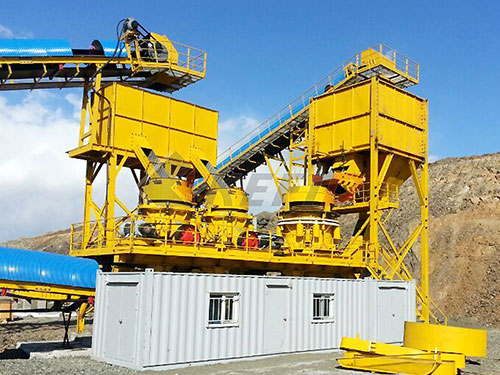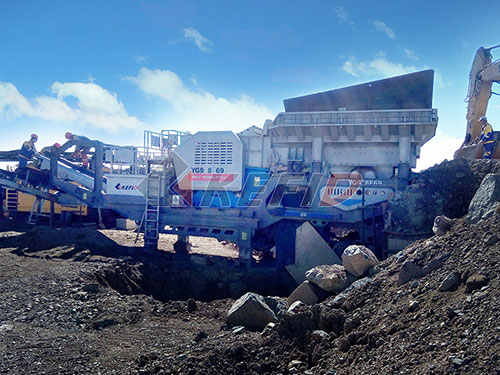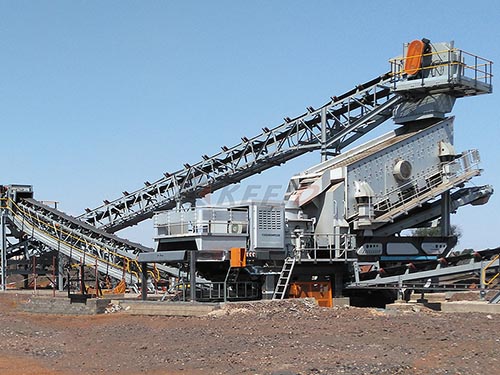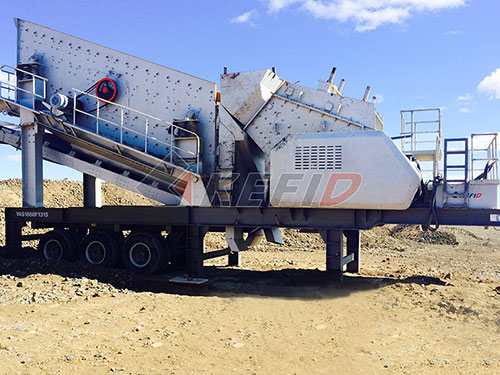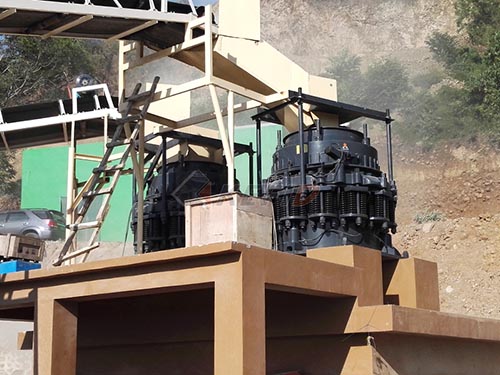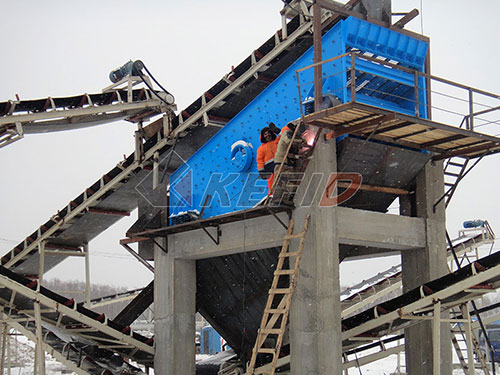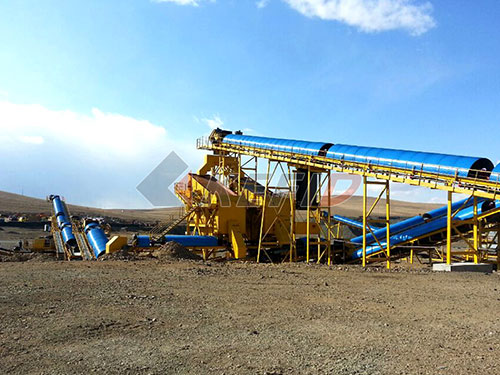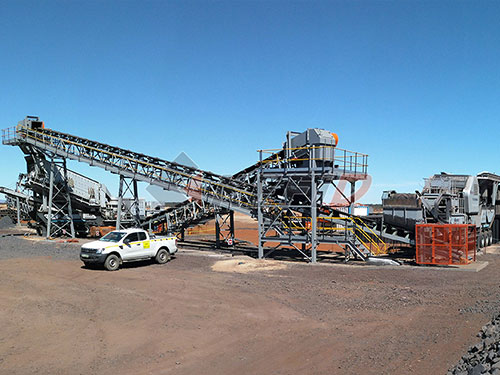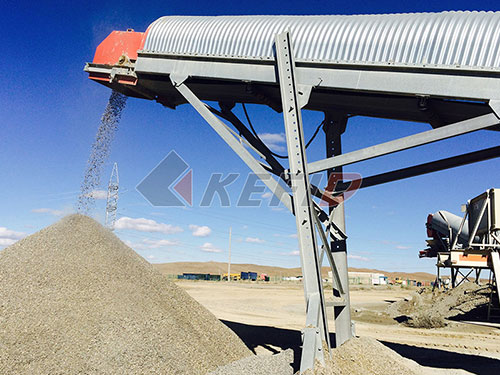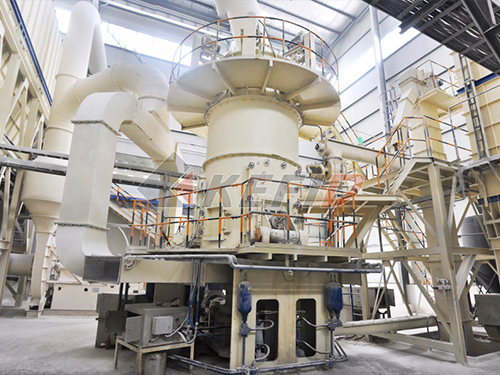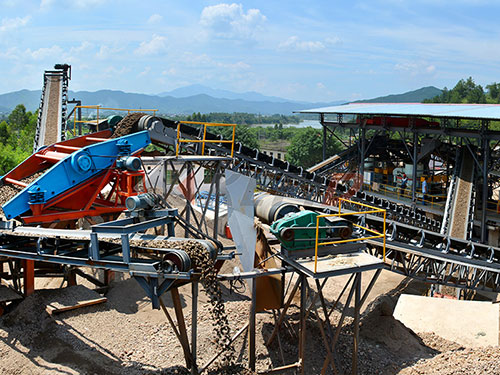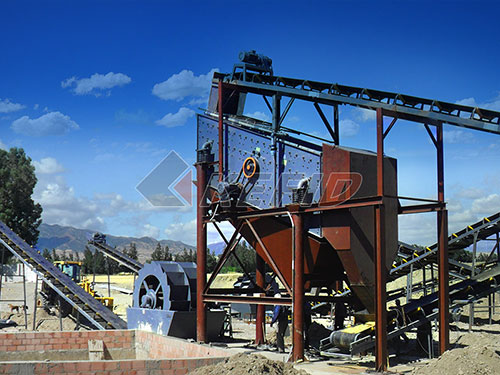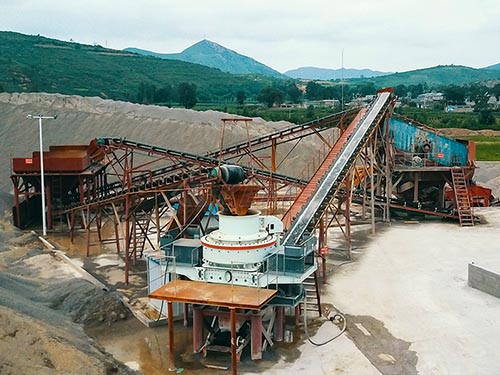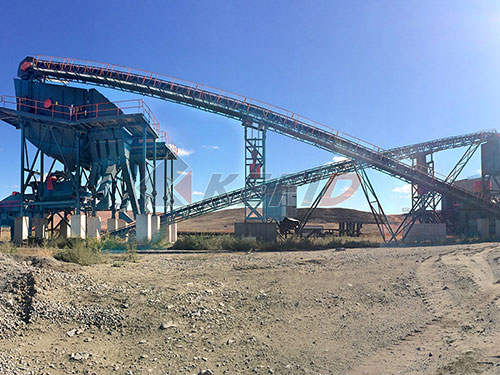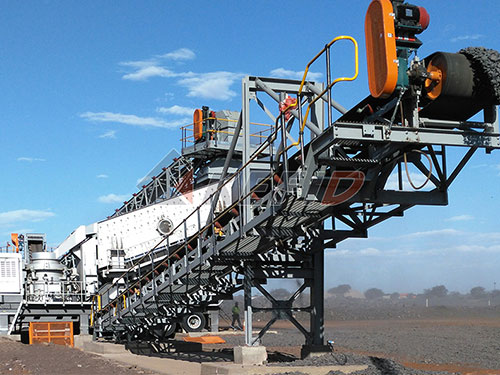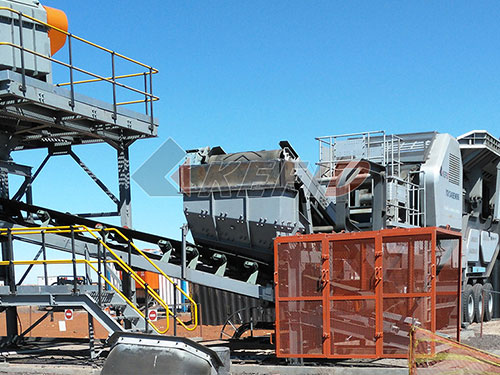Navigating the Concrete Jungle: A Comprehensive Guide to Concrete Crusher Pricing for Demolition in Saudi Arabia
Saudi Arabia’s skyline is a testament to relentless growth. Towering new structures rise while older buildings make way for progress, creating a booming demolition sector. Central to this transformation is the concrete crusher – the powerful workhorse that turns formidable slabs and structures into reusable aggregate. For contractors, project managers, and procurement specialists navigating this dynamic market, understanding the intricacies of concrete crusher pricing is paramount. This guide delves deep into the factors shaping list prices in the Kingdom, providing actionable insights for informed investment decisions.
The Saudi Demolition Landscape: Demand Driving Equipment Needs
Saudi Arabia’s commitment to Vision 2030 fuels unprecedented construction and, consequently, demolition activity. Mega-projects like NEOM, The Red Sea Project, Qiddiya, and extensive urban redevelopment across Riyadh, Jeddah, and Dammam generate vast quantities of concrete rubble. Efficiently processing this material isn’t just an operational necessity; it’s increasingly an economic and environmental imperative.
Volume & Scale: Projects range from small residential demolitions to dismantling massive industrial complexes or infrastructure elements.
Recycling Mandate: Growing emphasis on sustainability pushes contractors towards on-site crushing to reduce landfill dependency and transportation costs while creating valuable secondary raw materials (RCA – Recycled Concrete Aggregate).
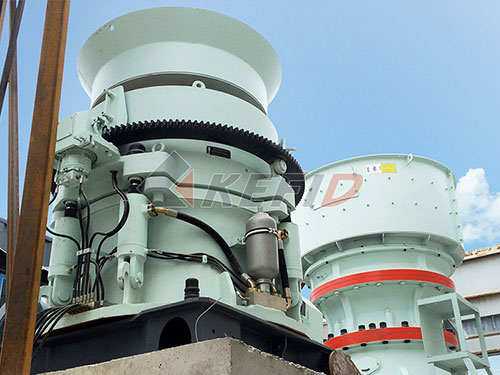
Operational Efficiency: Speed of demolition and rubble processing directly impacts project timelines and profitability. Choosing the right crusher is critical.
Demystifying “List Price”: Understanding the Baseline
The “list price” represents the manufacturer’s suggested retail price (MSRP) for a new piece of equipment under standard specifications within a specific market region. It serves as a crucial starting point for negotiation but rarely reflects the final purchase price paid by a customer in Saudi Arabia.
Factors Influencing Concrete Crusher List Prices in KSA
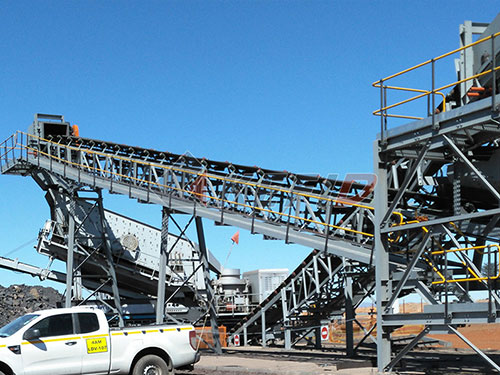
Numerous variables interact to determine where a specific crusher model falls within its price range:
1. Crusher Type & Technology:
Jaw Crushers: Robust primary crushers ideal for large chunks of reinforced concrete. Prices vary significantly based on size (feed opening), capacity (tons/hour), power requirements (electric vs. hydraulic drive), and features like hydraulic adjustment or overload protection.
Impact Crushers: Excellent for producing well-shaped aggregate from medium-hard materials like concrete. Vertical Shaft Impactors (VSIs) are particularly valued for cubicity

